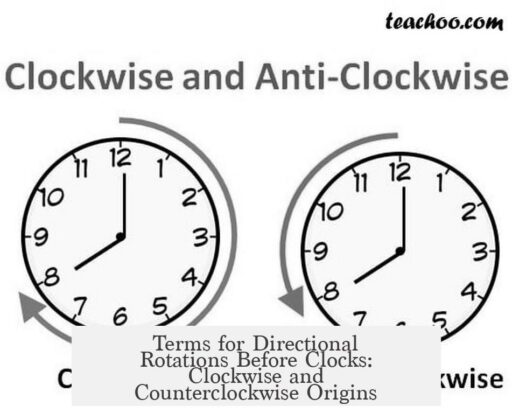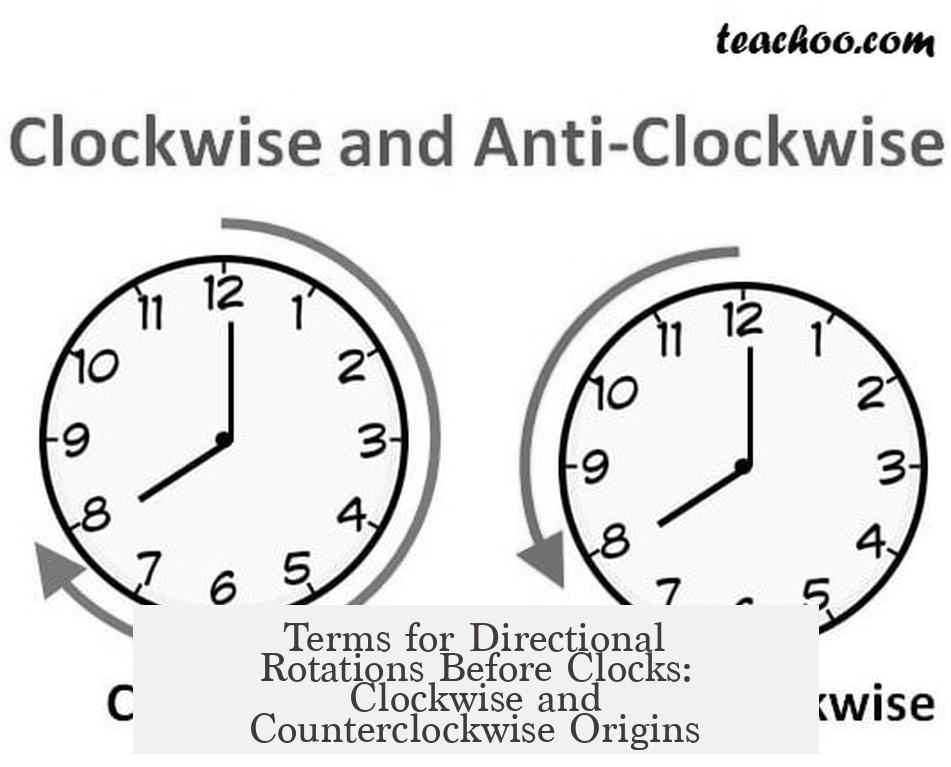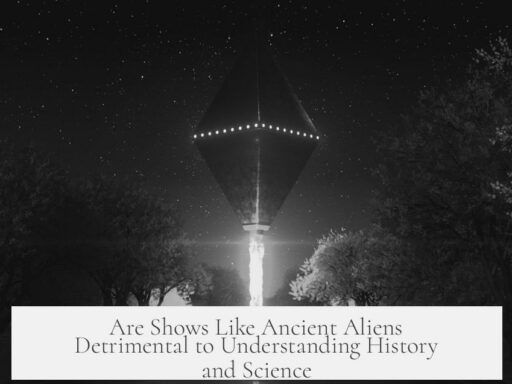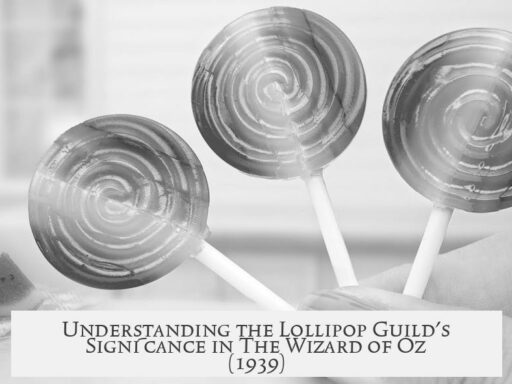Before clocks existed, the directions we now call “clockwise” and “counterclockwise” had different names based on observable natural phenomena, primarily the movement of the sun.
People in Northern Europe described rotational motion using the sun’s path across the sky as a key reference. When facing south, the sun appeared to rise in the east on the left and set in the west on the right. This left-to-right movement of the sun’s arc closely corresponded to what is now “clockwise.”
Because of this, terms such as “sunwise” or “deasil” (meaning “right”) were used to describe motion following the sun’s course. Movements in the opposite direction were called “against the sun” or by the Middle Low German term “widdershins”, which simply meant going the opposite way.
These directional terms had strong cultural and even supernatural significance. Moving “sunwise” was seen as natural, positive, and in harmony with the world’s order. Doing things “against the sun” was often regarded as dangerous or unnatural.
- Cooks stirred food sunwise (clockwise) for good luck and proper results.
- Cutting and serving followed a left-to-right (sunwise) pattern.
- Turning a hand counterclockwise was considered harmful, requiring an equal clockwise motion to undo it.
Deviating from the sunwise direction was sometimes linked to superstition and magic. For example, walking counterclockwise or backwards around a church was believed to grant mystical powers but was also feared for inviting malevolent forces.
“Walking counterclockwise inside a church, backwards, and reciting prayers backwards was believed sufficient to summon the devil.”
The right hand and rightward motions were associated with positivity, while leftward and backward motions held negative or magical connotations. These beliefs shaped everyday etiquette and practices, including dance, stirring, and ritual.
Historically, the modern terms “clockwise” and “counterclockwise” emerged much later. Etymological records show the word “clockwise” appeared around 1870, with “counterclockwise” introduced circa 1888. British English favored “anticlockwise” from around 1898 onward.
Thus, these modern terms are relatively recent linguistic inventions inspired by the spread of mechanical clocks. Before then, natural, cultural, and linguistic references to the sun’s apparent movement and superstitions governed how people expressed directional rotation.
| Term | Meaning | Origin/Usage |
|---|---|---|
| Sunwise / Deasil | Rotation following the sun’s path (left to right when facing south) | Pre-clock European term; positive/natural direction |
| Against the sun / Widdershins | Opposite rotation to the sun’s path | Pre-clock term; viewed as unnatural or dangerous; magical associations |
| Clockwise | Rotation matching clock hand movement | Term coined around 1870, post-clocks |
| Counterclockwise / Anticlockwise | Opposite rotation to clock hands | Introduced late 19th century; “anticlockwise” preferred in UK |
People also described these motions using gestures or everyday references. For instance, turning one’s hand “counterclockwise” was understood, even before the term existed.
The cultural framework placed importance on “front vs. back” and “right vs. left” as positive and negative orientations. This influenced daily actions and rituals, embedding the sense of rotation directions deeply into social and spiritual life.
- Rightward and sunwise movements were the “correct” and safe motions.
- Leftward and against-the-sun motions were cautioned against or limited to magical practices.
In summary, before mechanical clocks, people used the sun’s motion across the sky to define rotational directions, calling movements “sunwise” (the modern clockwise) and “against the sun” or “widdershins” (the modern counterclockwise). These terms were grounded in everyday observation and cultural beliefs that attributed positive or negative qualities to these directions.
Modern terminology is rooted in clock mechanics and dates from the late 19th century. The earlier terms and concepts reveal how humans have long understood rotation and direction by linking natural phenomena, practical needs, and symbolic meaning.
- “Sunwise” and “against the sun” were the original rotational direction terms.
- “Widdershins” was a common word for counterclockwise motion.
- Directions reflected cultural ideas of natural and supernatural order.
- Modern “clockwise”/“counterclockwise” terms are relatively recent.
- Rotational direction described by solar movement was universal long before clocks.
What terms were used before “clockwise” and “counterclockwise” to describe rotation?
People used “sunwise” for clockwise and “against the sun” or “widdershins” for counterclockwise. These terms reflected the sun’s path across the sky, guiding direction descriptions before clocks existed.
Why did people describe directions based on the sun’s movement?
Facing south, the sun moves left to right, rising in the east and setting in the west. This natural, observable path was a consistent way to talk about turning or spinning orientations.
What cultural significance did “sunwise” and “against the sun” have?
“Sunwise” motions were seen as positive and natural. Going “against the sun” was often viewed as dangerous or unnatural, linked to superstition and social customs.
Were counterclockwise movements used in rituals or magic?
Yes, counterclockwise or “against the sun” movements were common in magical practices. They were believed to invoke supernatural powers or challenge natural order.
Is “widdershins” just another word for counterclockwise? What does it mean?
“Widdershins” means going opposite the sun’s course or counterclockwise. The term comes from Middle Low German, meaning “opposite way,” and was used in Europe before clocks were widespread.




